Drill bushing Precision Machining-A Complete Guide for Precision Machining and Tool Alignment
Discover the types, materials, applications, and benefits of drill bushings in modern manufacturing workflows
CNC MACHINING SERVICE
7/11/20254 min read
Drill Bushings in CNC Machining: A Practical Guide for Precision and Efficiency
In the world of CNC machining, precision and consistency are everything. One small deviation can cause product defects, increased costs, or even equipment damage. That’s where drill bushings come in. At Machiningfabtech, we often help our global clients solve tooling and alignment challenges through the correct application of drill bushings.
This article gives you a clear and practical understanding of drill bushings—what they are, the different types, how they’re used, and how to choose the right one for your manufacturing needs.
What Is a Drill Bushing?
A drill bushing is a hardened steel guide inserted into a jig or fixture to ensure accurate drilling, reaming, or tapping. It protects both the jig and the tool from misalignment and wear. Whether you’re machining aluminum, stainless steel, or brass, bushings ensure each hole is produced consistently across high volumes.
Why Are Drill Bushings Important in CNC Machining?
Improve Accuracy: Drill bushings guide the tool along a precise axis, reducing hole misalignment.
Enhance Tool Life: They reduce tool wear and protect the jig from repetitive friction.
Support Mass Production: Ideal for high-volume operations requiring consistent hole positioning.
Minimize Downtime: Using renewable bushings allows quick replacements without dismantling the entire fixture.
Common Types of Drill Bushings
Below are the primary types of drill bushings used in our CNC projects:
1. Press-Fit Bushings (Type P)
These are directly pressed into a jig plate and used for general-purpose guidance. They’re easy to install and cost-effective.
2. Head Press-Fit Bushings (Type H)
They include a collar to prevent the bushing from being pushed through the jig during heavy drilling.
3. Renewable Bushings (Slip & Fixed Types)
These bushings can be quickly replaced when worn. Slip types allow bushing interchangeability, while fixed types are locked into place for stability.
4. Liner Bushings
Liners remain in the jig permanently and accept renewable bushings. This extends the life of your fixture plate.
5. Threaded & Shoulder Bushings
Ideal for custom jigs or when space is limited. Shoulder bushings sit flush on the jig surface, offering stability without excessive fixture depth.
You can explore a full visual table of drill bushing types with images.
Key Considerations in Drill Bushing Production
When manufacturing drill bushings, focus on:
- Material selection (hardened steel, carbide, or alloy steel for wear resistance)
- Dimensional accuracy (tight tolerances for ID/OD)
- Surface finish (smooth internal bore to reduce friction)
- Hardness requirements (typically HRC 32-65 for durability)
- Lubrication & chip clearance (flutes or oil grooves may be needed)
Tolerance Standards for Drill Bushings
Tolerances depend on application requirements:
- Inner Diameter (ID): H7 or more accurate (precision fit for guiding tools)
- Outer Diameter (OD): h6 or more accurate (press-fit into jig plates)
- Length: ±0.1 mm (standard machining tolerance)
Material and Surface Treatment Considerations
At Machiningfabtech, we offer drill bushings in materials such as:
Hardened Steel (for high wear resistance)
Tool Steel with Coatings (TiN, Black Oxide)
Carbide-lined Bushings (for extended life in extreme-duty cycles)
Stainless Steel (high temperature resistance and anti-corrosion)
We also support surface treatments like anodizing, plating, polishing, and coating, ensuring compatibility with different jig materials and application environments.
Case Study: Automotive Assembly Fixture
Customer: A US-based automotive components manufacturer
Bushing Sizes: OD5.16, ID:2.184, L:25.4
Material: 40Cr (hardened to HRC 32-40)
Tolerance: OD5.16(0, 0.02), ID:2.184(0, 0.01), L:25.4(0, 0.1)
Hardness: HRC 32-40
Surface Treatment: TiN Coating
Manufacturing Flow: rod-cutting-cnc turning-heat treatment-reaming(honing)-grinding-deburring
Quality Control (QC) Checklist
- Dimensional Check: CMM or micrometer validation.
- Hardness Test: Confirm HRC 32-40.
- Surface Inspection: No cracks/burrs (visual/magnification).
- Fit Test: Ensure proper tool guidance (test with a Ø2.184 mm pin gauge).
This is one of many examples where our engineering team helped solve real-world machining problems.
How to Choose the Right Drill Bushing
When selecting a drill bushing, consider:
Hole diameter tolerance
Drill depth
Jig material and thickness
Frequency of use (replaceable vs. permanent)
Production volume
Still unsure? Our engineers at Machiningfabtech can support you with DFM (Design for Manufacturability) advice.
Drill bushings may look simple, but their role in modern CNC machining is critical. By choosing the right type and material, you can significantly boost your operational efficiency and machining accuracy.
📞 Let’s Talk About Your Next Project
Are you looking for reliable suppliers of custom drill bushings, CNC machined fixtures, or precision tooling components?
At Machiningfabtech, we provide:
Full fixture design and production
Material expertise and surface treatment options
Export-quality parts with global delivery
👉 Contact us today to request a free consultation or quotation.
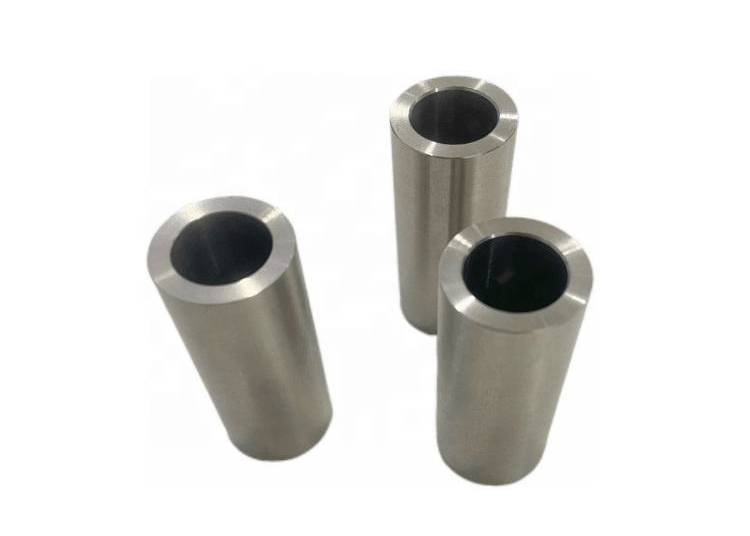



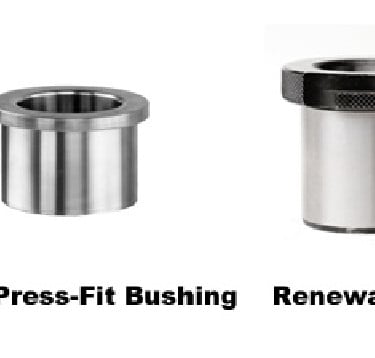


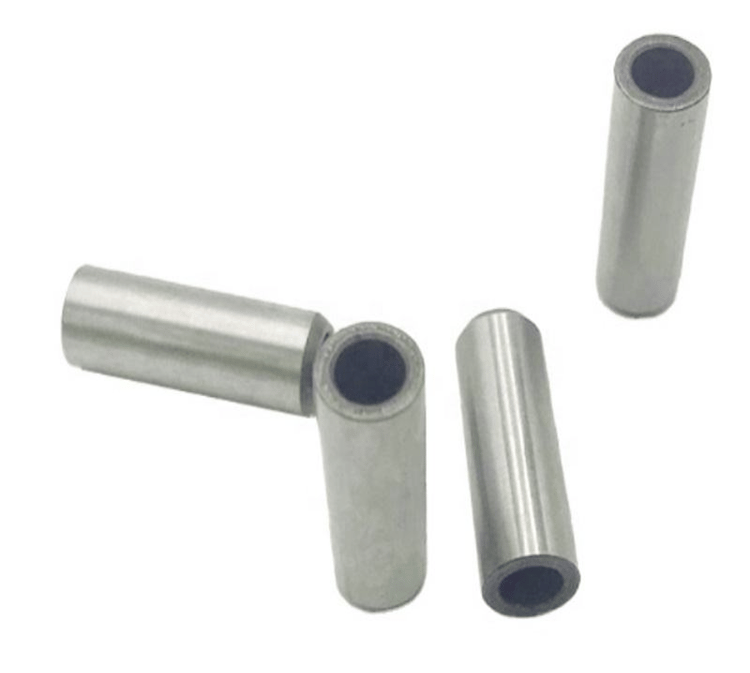

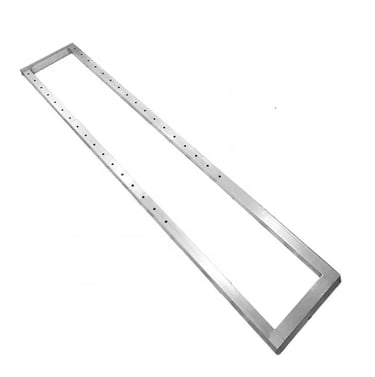

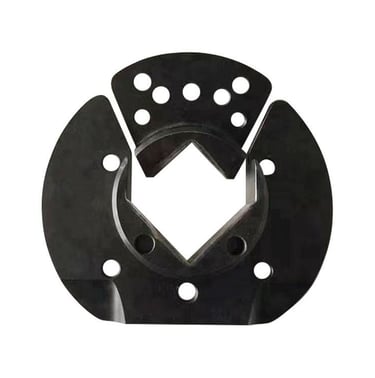

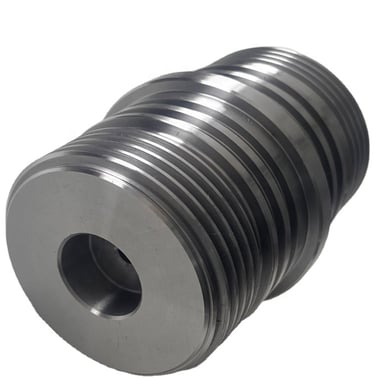

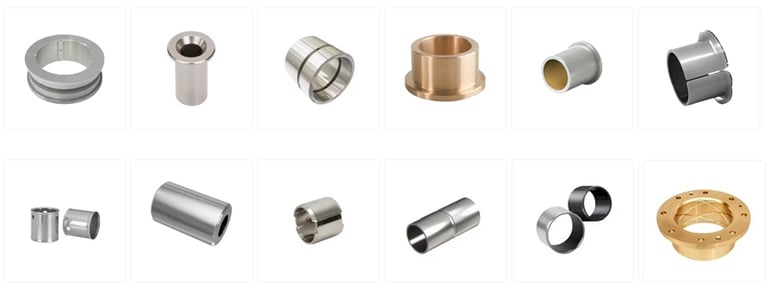

Follow Us
Contact
© 2024. All rights reserved.
Privary Policy
Refund Policy
